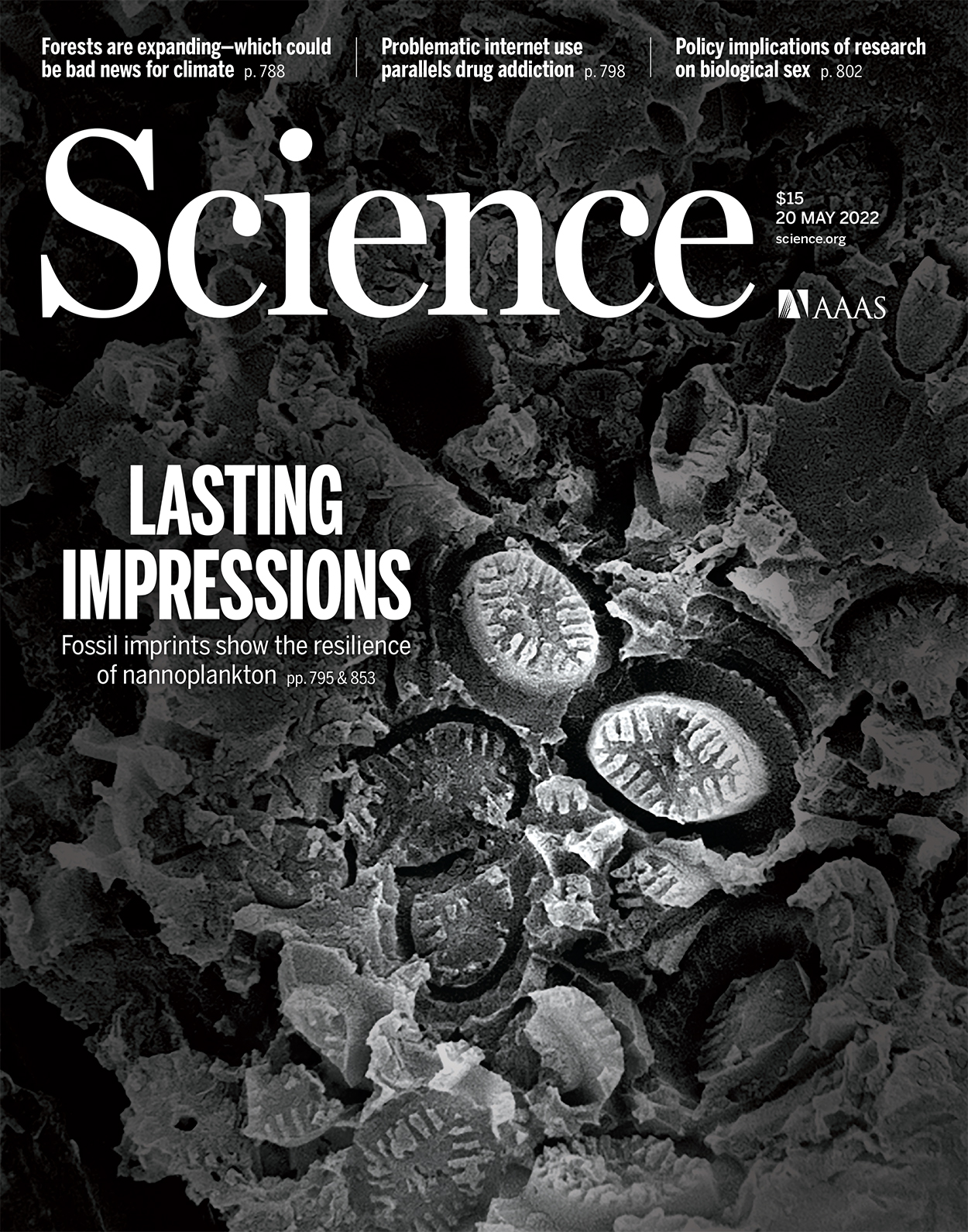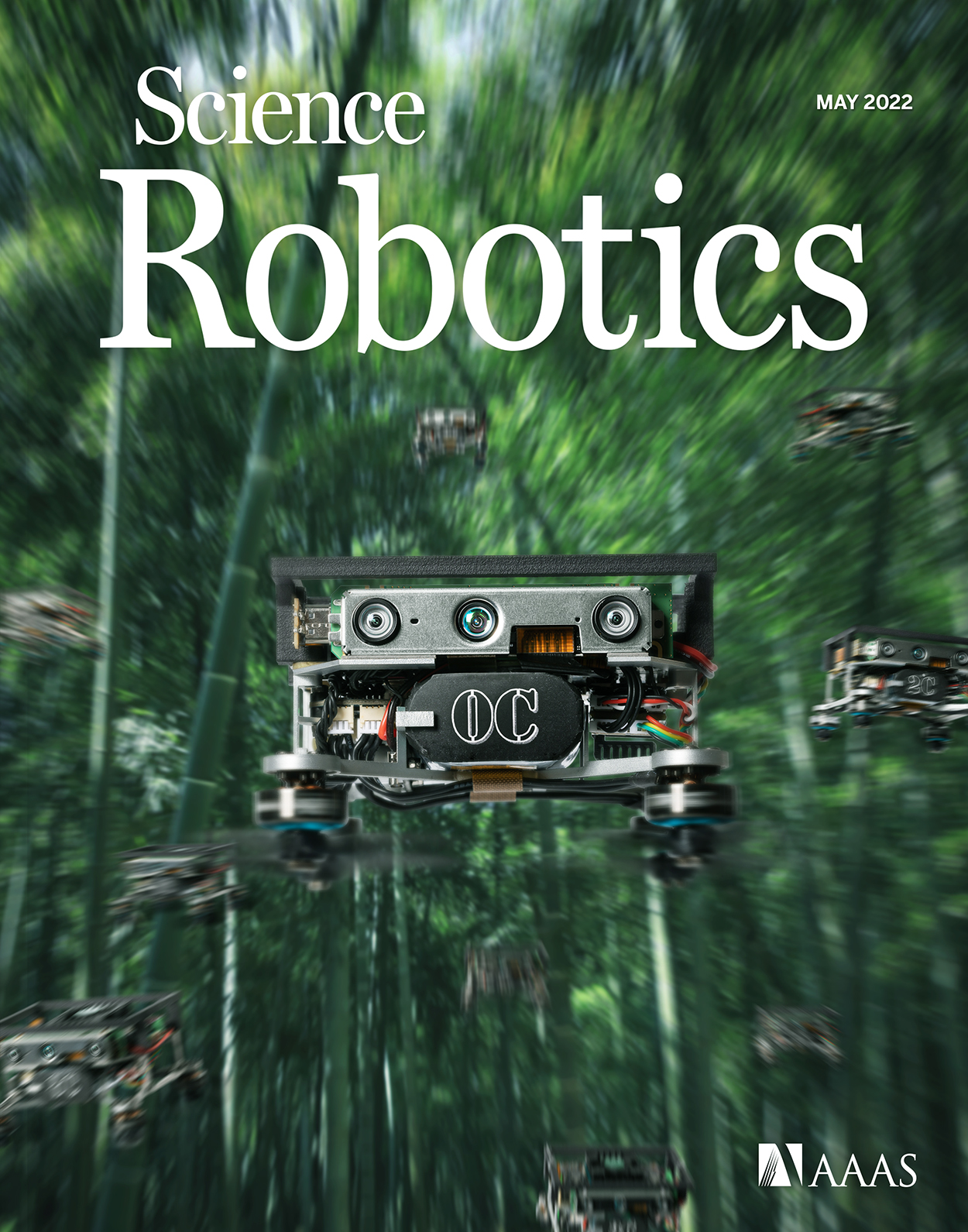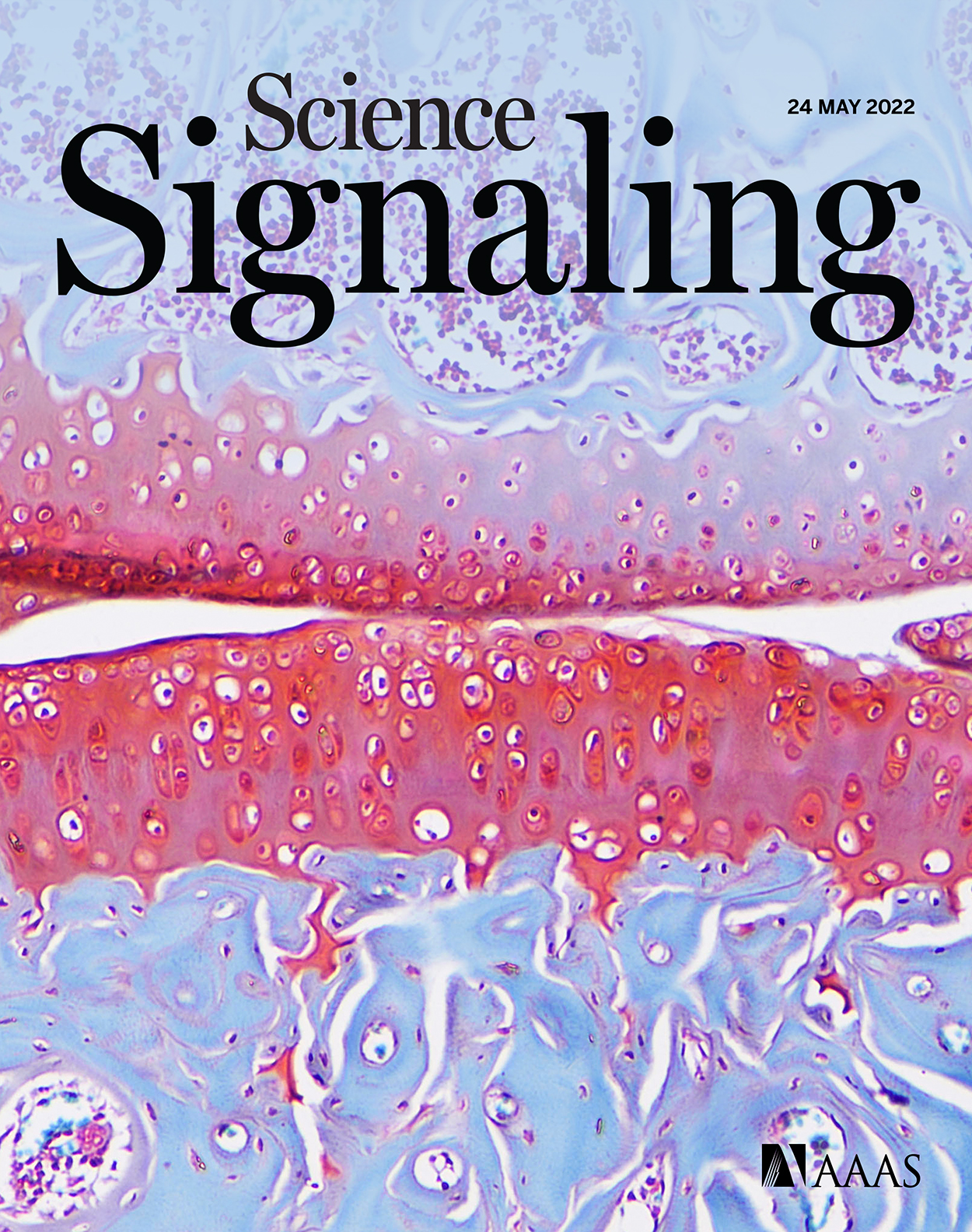

Latest News
First Release
Custom Publishing
Careers
News Features
Trees help curb climate change, but can also contribute to warming by reducing Earth’s reflectivity
Forensic pathologists, fingerprint examiners, and DNA analysts are all fallible, Itiel Dror’s work suggests
AI researchers are creating novel “benchmarks” to help models avoid real-world stumbles
Detectors that exploit subtle quantum phenomena could be key for identifying the cosmos’ elusive invisible stuff
On peak migration nights, each dark window “makes a difference” in how many migratory birds die
Commentary
PODCASTS
How to get published
The strength of Science and its online journal sites rests with the strengths of its community of authors, who provide cutting-edge research, incisive scientific commentary, and insights on what’s important to the scientific world. To learn more about how to get published in any of our journals, visit our guide for contributors.
How to get published
The strength of Science and its online journal sites rests with the strengths of its community of authors, who provide cutting-edge research, incisive scientific commentary, and insights on what’s important to the scientific world. To learn more about how to get published in any of our journals, visit our guide for contributors.









































![bottlenose dolphin peeking its head out of the water with podcast symbol overlay]](/web/20220525191651im_/https://www.science.org/do/10.1126/science.add0515/card-type1/_20220520-pod-dolphin-overlay.jpg)
CERBERUS in the DARPA Subterranean Challenge
Lysine acylation causes collateral damage in inborn errors of metabolism
Understanding T cell responses to COVID-19 is essential for informing public health strategies
Can internet use become addictive?
Law, policy, biology, and sex: Critical issues for researchers
Electric buzz in a glass of pure water